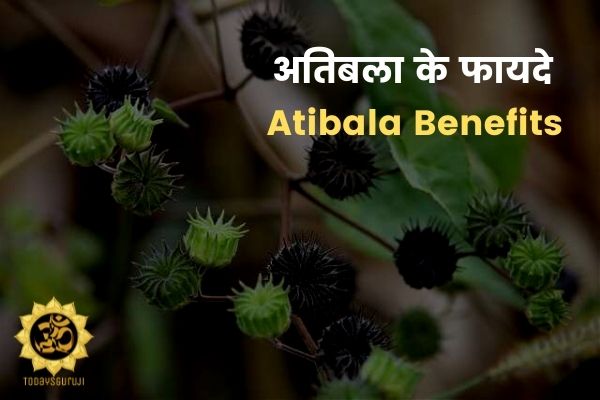Home Remedies For Dyspepsia: If you are looking for an Ayurvedic treatment for dyspepsia, then you must read this article. In this, all the Ayurvedic medicines for Agnimandh have been mentioned which are used for the treatment of Agnimandh. So let us know about Dyspepsia Home Remedies.
Table of Contents
Mahanimb: Home Remedies For Dyspepsia
It is also called Aralum Mahanimb or Ghod Karanj, Mahanimb is a huge soft tree 60 to 80 feet high. Its leaves are jointly 2 to 3 feet long and the flowers are yellow-green. In the case of dyspepsia, drinking the juice of its bark in the quantity of one and a half ounces twice a day is beneficial.
Batad: Ayurvedic Medicine for Dyspepsia
It is also called cashew nut or cashew almond, and its tree is 5 to 12 meters high. The taste of Batad is pungent and bitter. Consuming Batad fruit cures fire fever.
Jalabrahmi: Ayurvedic Medicine for the Treatment of Dyspepsia
It is also called Neer Brahmi or Jalneem, this medicine grows naturally in water or moist places. The flowers of Jalabrahmi are purple-blue. Taking the powder of Jalabrahmi Panchang as an Ayurvedic medicine for Agnimandha is beneficial.
Chilli
It is known as green chili, red chili, or Laka, it is a small bulb whose stem is purple. Chilli flowers are white. Consuming its fruit is beneficial in case of fire.

Barna
It is also called Varun or Barun, The Barna tree is 20 to 30 feet high its bark is white. Barna flowers are yellowish-white or pink in color. Its fruits are of lemon size which turns red after ripening. Consuming Barna bark powder as an Ayurvedic medicine for Agnimandh is beneficial.
Motha
It is also called Mustak, the tubers of Motha are oval inside the soil. Its leaves are thin and have flower-bearing branches growing on their front which bear flowers. Consuming Motha powder in case of fire is beneficial.
Small Cardamom
The stems of Aloe are green in color and have alternate leaves which are one to two feet long. The flowers of small cardamom are blue-red and small. The fruits are light yellow or greenish yellow. In the case of Agnimandh, taking small cardamom powder with honey is beneficial.
Vaayvidang
It is a bushy and fast-growing plant, its bark is rough and its branches are long. It has white and light yellow flowers which turn red when ripe. The powder of its fruit is used as an Ayurvedic medicine for Agnimandha.
Sunflower
It is a 4 to 8 feet high one-year-old shrub, whose flowers are yellow in large panicles. Sunflower fruits are cypsela scale-free. In the case of Agnimandh, drinking the juice of its flowers mixed with 10 drops of milk is beneficial.
Dronapushpi
It is a one-year-old small shrub whose height is 2 to 3 feet. The flowers of Dronapushpi are white and are in a round peduncle. In the case of Agnimandha, the use of Dronapushpi Swaras is beneficial.
Tomato Ayurvedic Medicine for Dyspepsia
Its usable part is the fruit, tomato flowers are small and yellow, and raw fruits are green and turn red after ripening. The taste of tomato is sweet and sour. Consuming tomato as an Ayurvedic medicine for Agnimandh is beneficial.
Peppermint
It is a fragrant, spreading perennial plant. Its leaves are dark green. Piper mint flowers are small, white, or light in color. Using Peppermint Panchang in Agnimandh is beneficial.
Read Also: Home Remedies For Indigestion









